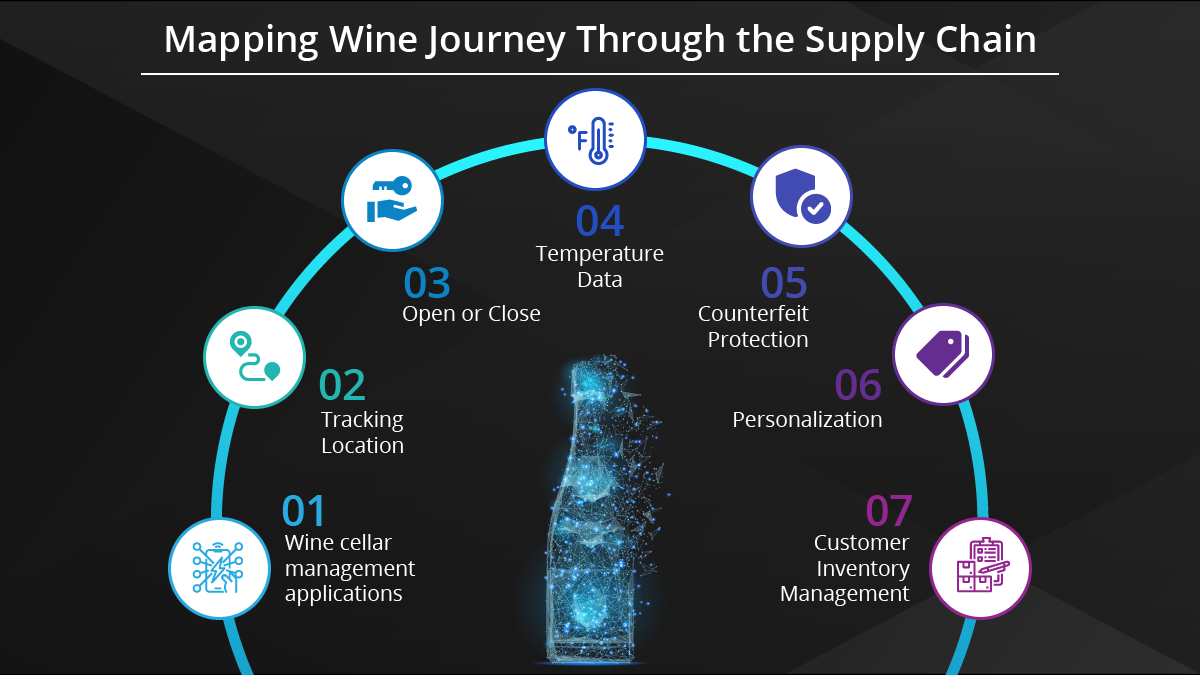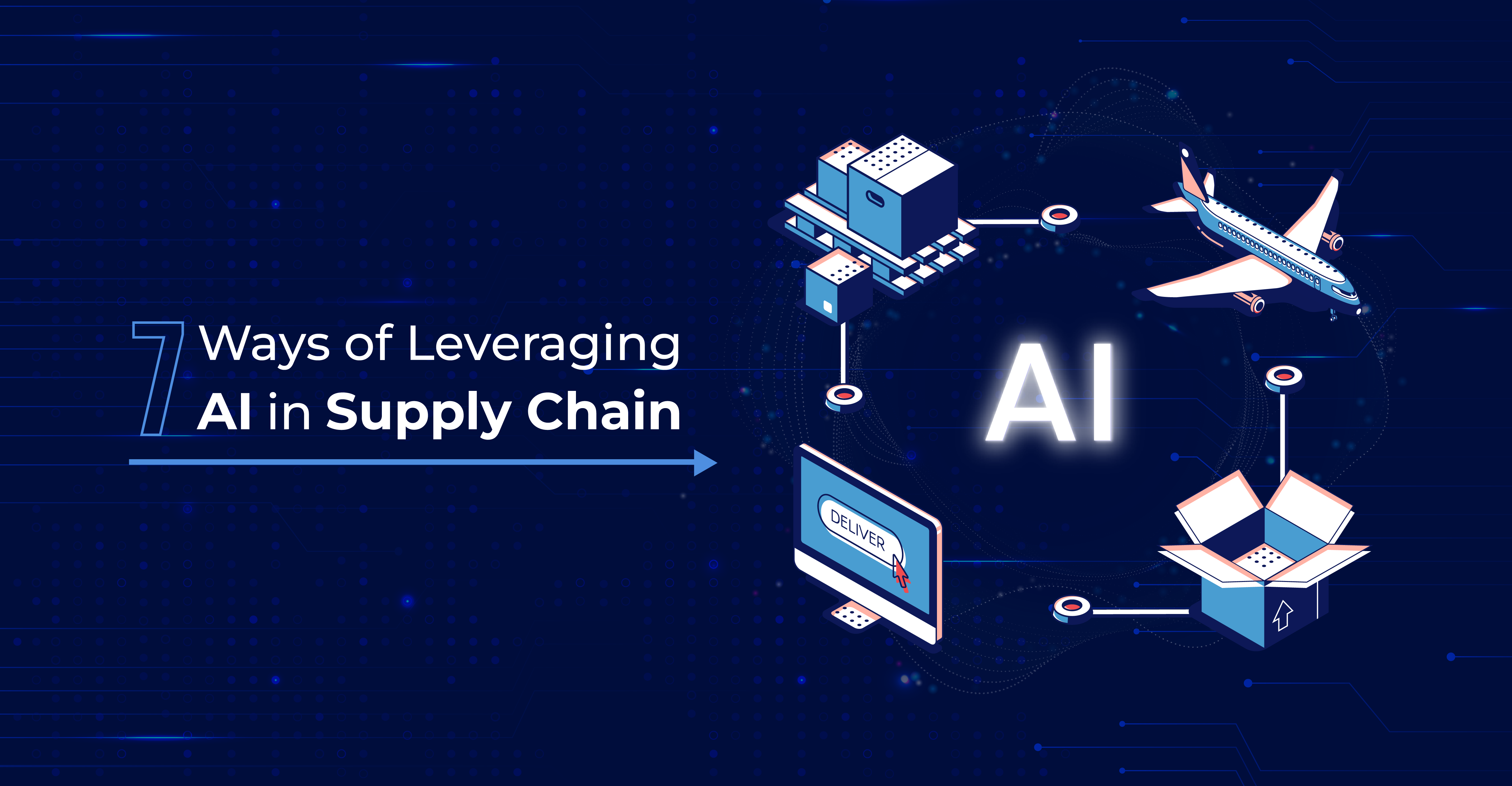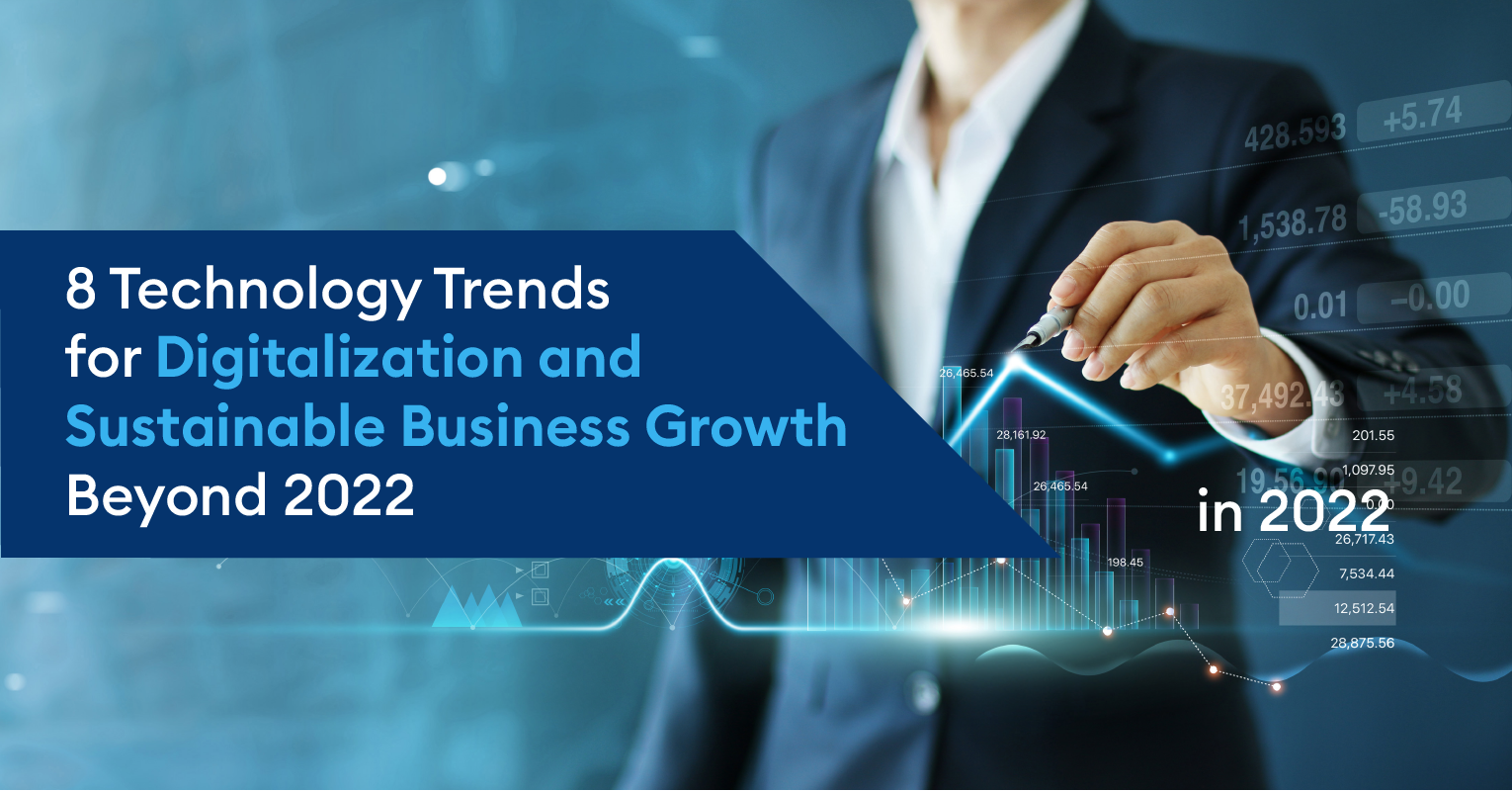Manage Your Wine – From the Seed to the Final Toast
Winemaking is an art or careful observation as the vintner examines the conditions and the grapes to decide the harvest time. Minute overseeing of the fermentation and aging process and so on till the final bottle and the final toast. This ancient art is about optimization of the process and thus finds an ideal companion in IoT and process automation that can optimize each element of the equation.
Technology for Quality, Cost, and Scale
There are examples of a few wine makers who are deploying technology to be better than before and on all fronts. The benefits are equal for small and big vineyards and wineries alike.
IoT Use Cases for Vineyards for Precision Agriculture
IoT give an unprecedented control over the growth of the grapes and time of harvest and this is called precision agriculture:
- Moisture sensors to monitor the soil conditions at different levels
- Water flowmeter at water pump to monitor and find irrigation leaks
- Weather station to monitor solar radiation, wind velocity, humidity and air temperature that can guide the necessary changes in agri inputs
- Collaboration: Sensors can interact with aerial drones and the on-site weather station to monitor grape sizes, risk for mildew or mold, sunshine levels for better decisions. .
The Unified Dashboard
The vineyards can tie-up with technology partners who can build a dashboard for them. Through this they can monitor the data in real-time and tweak the processes accordingly, making critical decisions about irrigation, pest control, and harvesting. Over time even algorithms can be built that can make decisions on changes in the process based upon weather conditions.
Wine Processing
The winery, including all elaboration processes, from the time the grape enters the winery until the wine is ready for commercialization.
Technology Enable Wineries
Along with vineyards, wineries can also be IoT-monitored and controlled. IoT-connected sensors help in the real wine production plant, and with wine fermentation, production processes are automated and controlled. Data from these processes in vineyards becomes a tool to ultimately drive better wine quality and quantity.
Mapping Wine Journey Through the Supply Chain
Today some technologies can give incredible power to wine producers, have a look:

- Wine cellar management applications monitor the storage of wine in perfect cellar conditions.
- Tracking Location: Technologies like near-field communication (NFC) or RFID are being used to track wine labels with ease. The electronics are integrated into smart labels to read the entire supply chain; this enables retailers and manufacturers to track from the storage location to the retail point of sales.
- Open or Close: These technologies can even measure the opened or closed states of the bottles with an auto-trigger message on opening.
- Temperature Data: You can also get the storage temperature data; fascinating, is it not!
- Counterfeit Protection: These tags (OpenSence NFC) can enable anti-counterfeit tagging to ensure that individual bottles of wine are packaged, shipped, stocked, and purchased in their original factory-sealed state.
- Personalization: Wine is a celebration of events and life. Why not add a personal touch to it. Technology platforms adopted by wineries let you personalize the bottle itself – add pic, text, and video messages, fun, is it not!
- Customer Inventory Management: Technology can even help your customers maintain their inventory and reorder when they are low.
Bringing Wine to the ConsumerTechnology in its ultimate objective is serving the customer experience. Here are a few advanced but simple applications to delight your customers:- Wine Preference Tracking Systems
- Wine Recommendation Software
Yes, deliver amazing services and have the customer forever!
Achieve Sustainability with Technology
Wine cultivation is one of the major occupations in many countries. Not only the cultivation is done on a large area of land, but the associated environmental impact is also huge.
About 300 million hl were produced during 2018, according to the International Organisation of Vine and Wine. Such incredible volumes of production have a huge environmental impact as it involves a large number of valuable resources, such as water, fertilizers, and other organic products. Cultivation produces a large amount of wastewater and organic that must be treated adequately to avoid contaminating the areas of production. The nature of the waste produced depends very closely on the specific vinification procedures, which also affect the physical-chemical properties of the residual material generated.
When the entire process is reconstrued from a perspective of sustainability, it can not only bring operational and business efficiency but also be environmentally friendly.
Environmental, Social, and Governance (ESG) initiatives in sustainability have been attracting large amounts of investment lately.
Global sustainable investment now tops $30 trillion—up 68 percent since 2014 and tenfold since 2004. It shows that those who are shifting to greener ways of doing business will attract more investments.
Research has found link between ESG and cash flows in six important ways; here are a few benefits of using technology towards sustainability:
(1) Facilitating top-line growth with better Yield
(2) Reducing costs of operations
(3) Lower water consumption
(4) Minimizing regulatory and legal interventions
(5) Increasing employee productivity
(6) Optimizing investment and capital expenditures
The Role of Technology in Fostering Sustainability
Technology can help in improving sustainability at two levels:
Technology, in essence, must support improvements in the processes of both the recovery of by-products and the recycling of waste, and on the other, ensure the efficiency of production processes.
The Way Forward – Digital Transformation
Like other industries, technological adoption has a large potential in the wine industry and can change the industry fundamentally. More companies are looking forward to tech solutions, and to stay in the competition, vineyards, as well as wineries, must aggressively pursue digital transformation!
a) Improving operational efficiency with process automation
b) An integrated platform to monitor and measure each sustainability initiative.
Technology, in essence, must support improvements in the processes of both the recovery of by-products and the recycling of waste, and on the other, ensure the efficiency of production processes.The Way Forward – Digital Transformation
Like other industries, technological adoption has a large potential in the wine industry and can change the industry fundamentally. More companies are looking forward to tech solutions, and to stay in the competition, vineyards, as well as wineries, must aggressively pursue digital transformation!
 All Posts
All Posts


